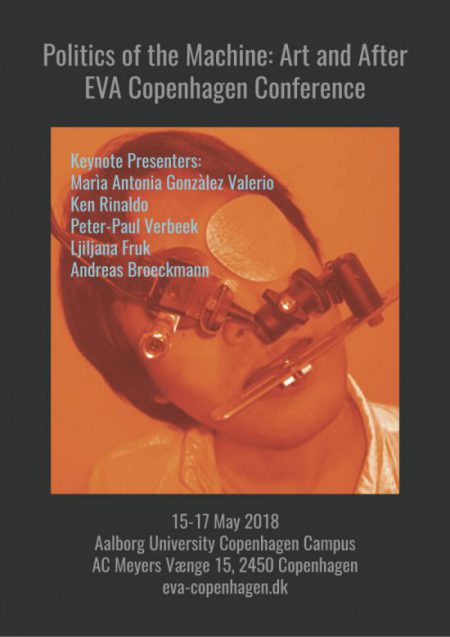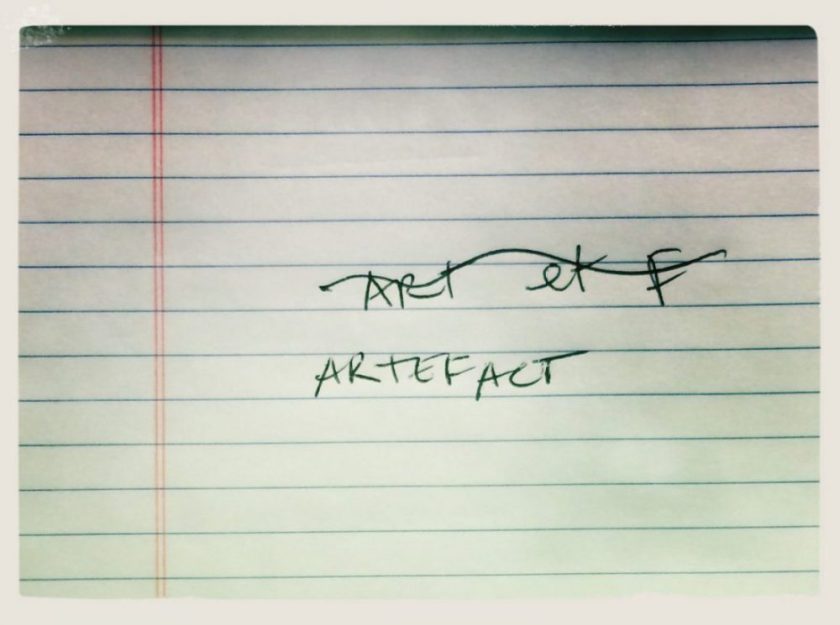On the Concept of Recognition in Media Art
Now available: proceedings from the fantastic Politics of the Machines: Art and After (EVA Copenhagen) conference that was held in May are now online. I have a paper here which is my first working through the concept of recognition and how it might be useful in thinking politically about the media artwork, particularly artworks that explore the automated recognition of human emotions by computers that rely on a biometric analysis of the body. ABSTRACT On the Concept of Recognition in Media Art: Emotional Reactions, Empathetic Interactions Biometric technologies have transformed recognition into an empirical and automated activity. But recognition is not just a matter of identification or surveillance. As computer systems become capable of detecting human emotion, we are reminded of philosophical approaches to recognition that place it as central activity of human self-realization and social existence. Bringing together these dual notions of recognition, this paper considers how artists are taking hold of the technical possibilities of recognition to make political the media artwork. Specifically, it turns to Karen Palmer’s interactive film RIOT (protoype) (2016), …



